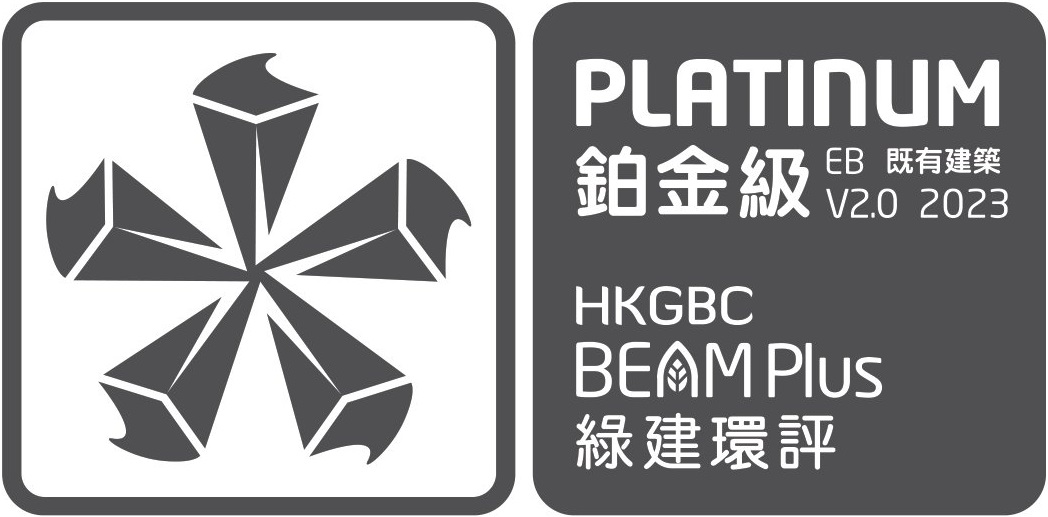
We have positioned the BEC Building as a “green lab”, a space where environmental excellence is encouraged and celebrated. As the physical representation of BEC, the building has always been a showcase of green building practices.
The architecture of the BEC Building was inspired by the traditional Hakka village fortress, with a public corridor symbolising the north–south axis of traditional Chinese architecture, which represents a signal of openness and allows natural ventilation. The transparent, double-glazed atrium cap admits sunlight and controls heat gain. When construction was completed in 1996, the building received a “Very Good” rating under BEAM for New Office Designs. In our building transformation project, we implemented a number of resource efficiency initiatives, including retrofitting the building services equipment and encouraging behaviour changes in the occupants, which together helped our building achieve the Final Platinum rating under BEAM Plus Existing Buildings (v1.2) and (v2.0) in 2017 and 2023, respectively.

Solar Panel System
In response to the Government's Feed-in-Tariff policy, solar panels have been installed on the roof of the BEC Building to support clean energy and reduce carbon emissions. The system is light and roof-friendly, easy to set up and dismantle, and wind-resistant up to 200km/hour.
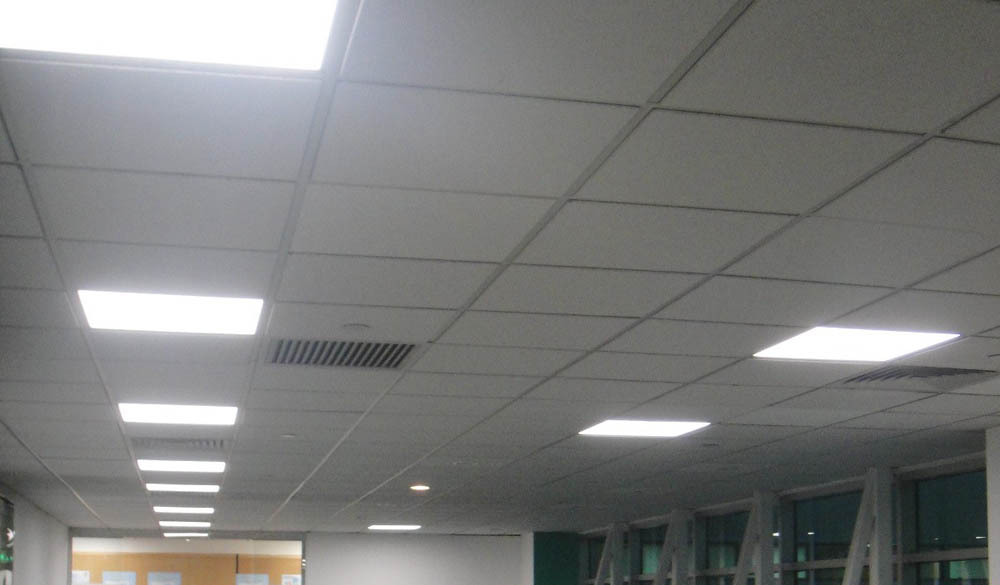
LED Panels
Equipped with photo and/or occupancy sensors and dimmers, the LED panels enable light to be switched on or off according to detected movement and light dimming based on detected lux levels from natural light.

Low Flow Water Taps and Dual Flush Toilets
Low flow water taps reduce fresh water consumption and dual flush toilets reduce the use of flushing water and the volume of sewage discharged, minimising the burden on municipal sewage treatment facilities.

Recycling Bins
Different types of recycling bins have been placed in prominent locations of the building to facilitate building occupants for proper and clean recycling.

Oil-free Variable Speed Air-cooled Chiller
The chillers consist of high energy efficiency compressors which reduce long-term electricity consumption and maintenance. The oil-free feature aims to minimize friction between the parts and lowers the energy use compared to a traditional chiller that uses lubricants.
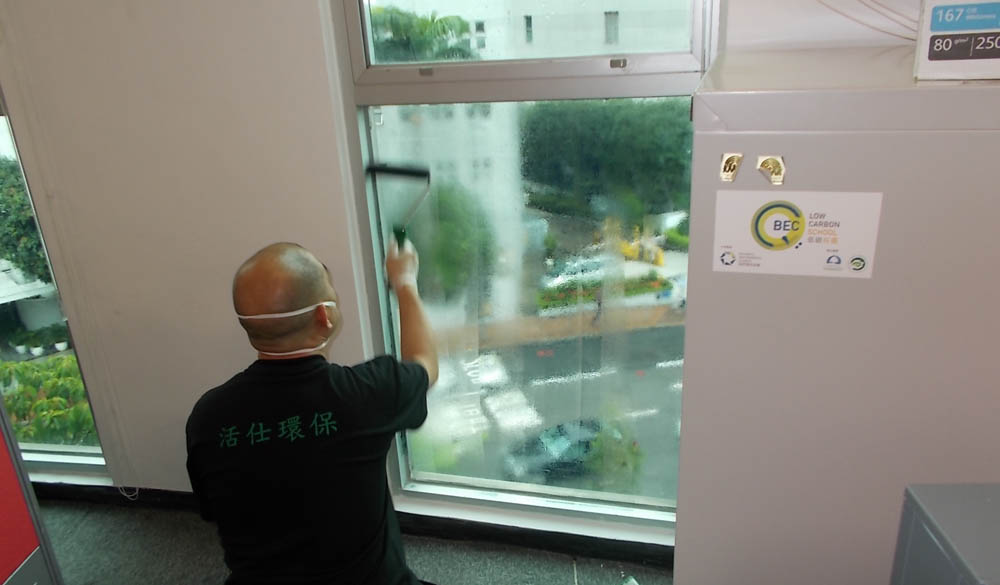
Liquid Solar Film
Liquid solar film has been applied to the windows facing east and west to reduce the solar heat gain.
Building Management System
An advance computer-based system is installed to control and monitor the BEC Building's energy use, waste management and water use.

Rainwater Collection System
The rainwater collection system is capable of harvesting 165,000 litres of rainwater annually for non-potable water use.

Voluntary Water Efficiency Labelling Scheme on Urinal Equipment
The urinal equipment is registered for the Water Supplies Department's Voluntary Water Efficiency Labelling Scheme and attained Grade 1 Water Efficiency Label.

Water-Saving Toilet
The toilet uses only 1.5 litres of water per flush, 75% less than traditional toilets. It also uses less energy for water and waste processing, thus reducing the toilet's carbon footprint by an average of 80%.
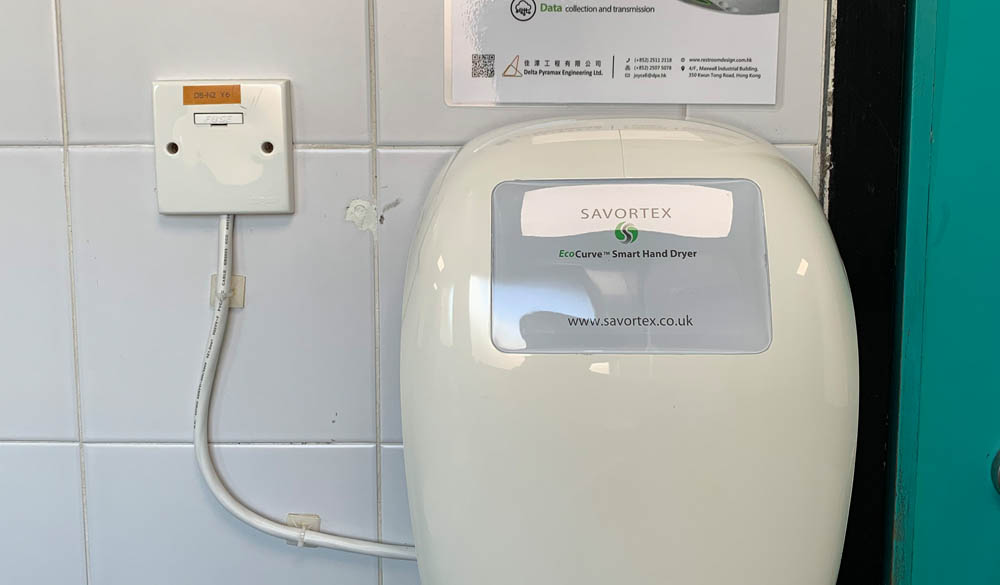
Energy-saving Hand Dryer
The hand dryer dries hands in 11 seconds, using up to 88% less energy than a traditional hand dryer.

High-Efficiency Water Dispenser
The water dispenser provides filtered and sterilised cold, warm and hot water. It encourages people to bring their own water bottle and helps reduce the consumption of plastic beverage bottles.
The insulation and high-efficiency heating and chilling system allow using less energy and time to heat and chill water.
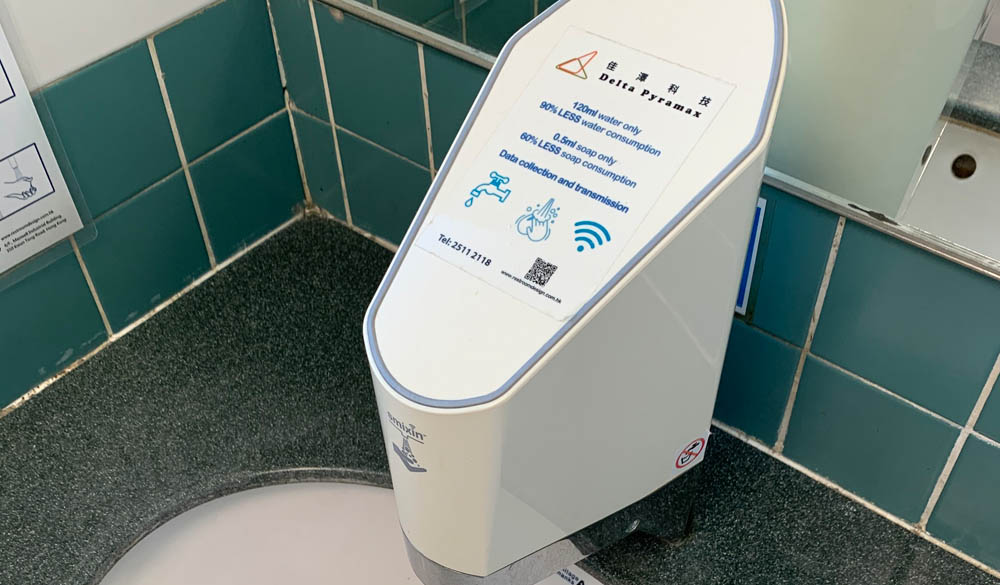
Automatic Soap and Water Dispenser
The innovative soap and water dispenser dispenses mixed soap, water and air in an optimal way automatically. Only 120ml of water and 0.5ml of soap are consumed per hand wash, saving up to 90% of water and 60% of soap compared to a normal faucet and soap dispenser.
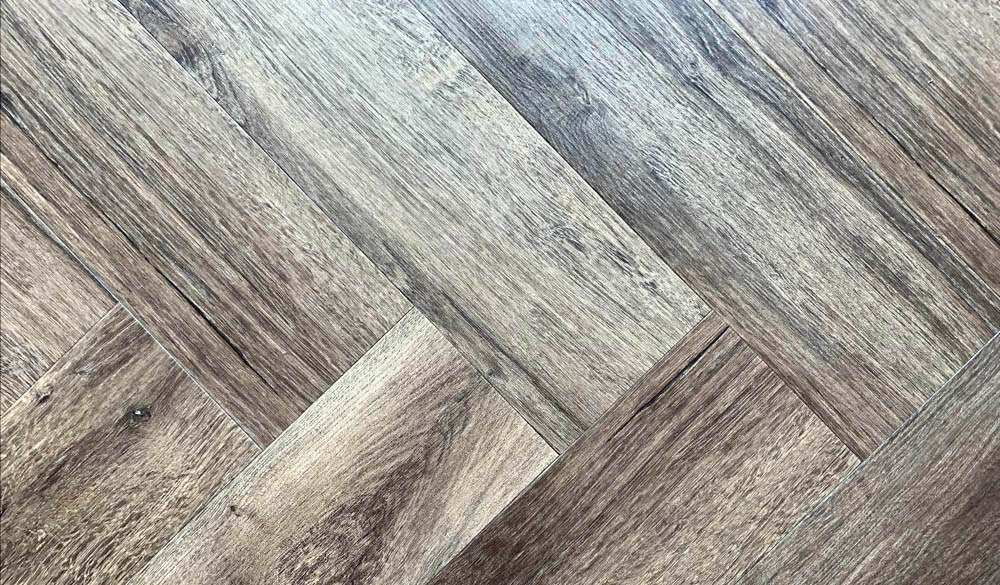
100% Recyclable Vinyl Flooring
The vinyl flooring is 100% recyclable. It is certified with FloorScore® standard, and is tested to have low VOC and formaldehyde emission. The product can bring positive impacts on IAQ.

Carpet with High Recycled Content
The carpet fibre is 100% made with yarn from regenerated fishing net (ECONYL) and is PVC free. Over 60% of the overall material is recycled content.
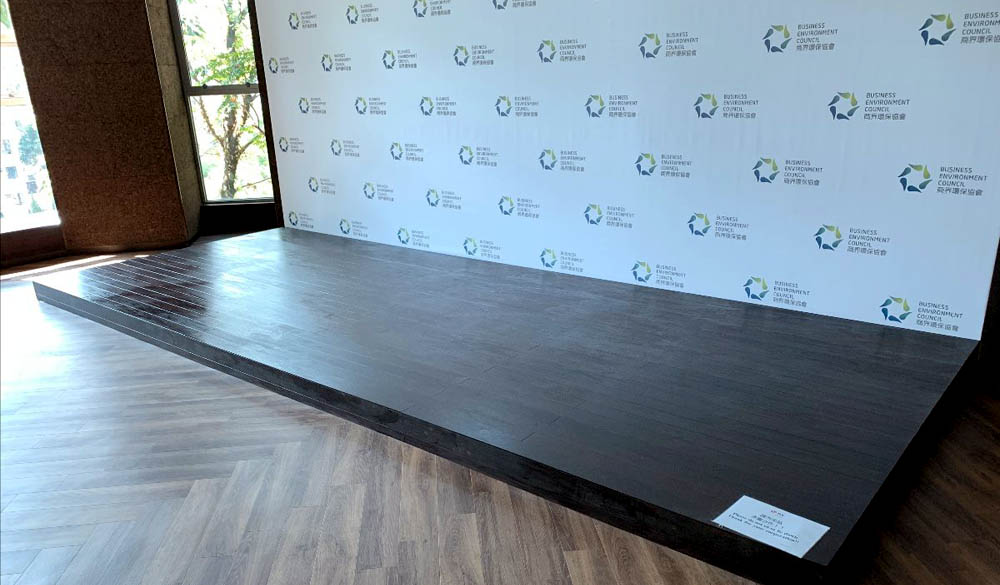
Bamboo Flooring
Bamboo is a very sustainable crop, it is easy to grow and ready to harvest upon 4 years growth, which is at least 6 times faster than timber. With high durability, it is suitable for both outdoor and indoor applications. This bamboo flooring is certified by the Forest Stewardship Council (FSC).

Harmoni-Cork Acoustic Panels
The acoustic panel is composed of 100% natural cork, which is ready to harvest upon 9 years growth, 3 times faster than timber. The material is suitable for both indoor and outdoor applications.
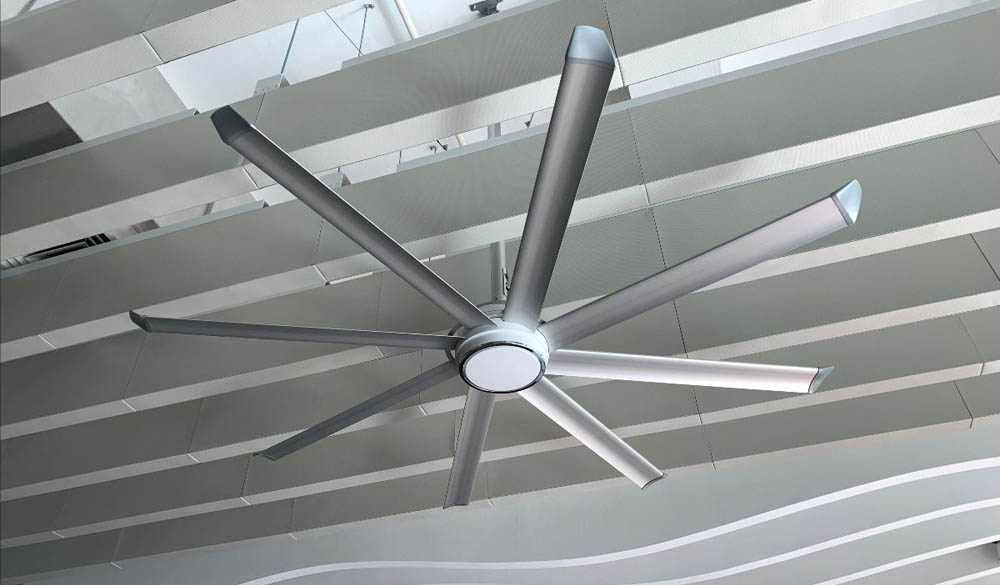
High-Volume-Low-Speed Fan
The ceiling fan facilitates air circulation with a special design that effectively cools the environment 5.6°C down more than a conventional ceiling fan. The improvement of air movement enhances occupant thermal comfort and saves 30% energy from the overall A/C systems.
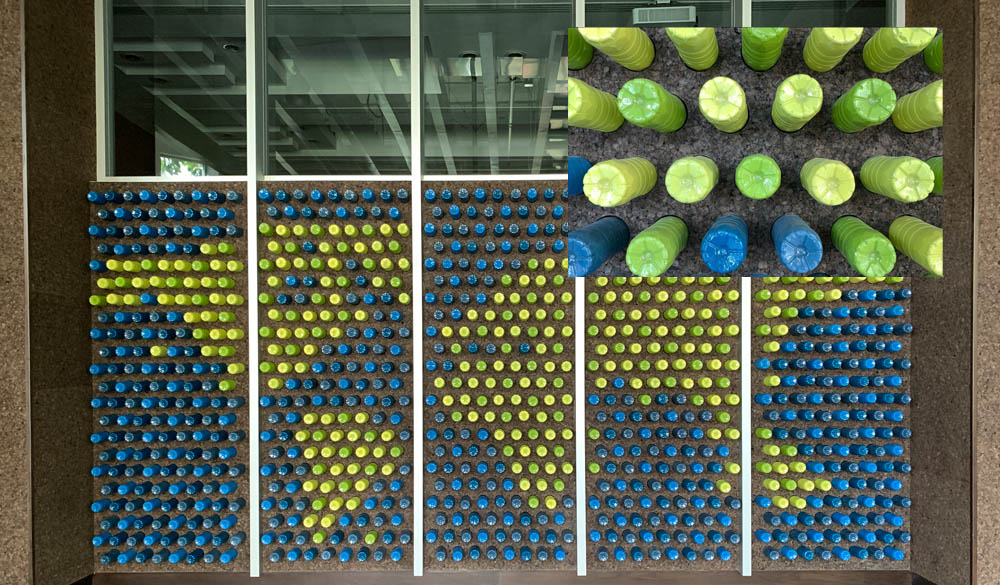
Feature Wall - Reused Plastic Bottle
The feature wall is created from discarded water bottles and painted with low VOC paint. The wall symbolises the importance of plastic waste reduction and draws attention to the landfill saturation problem.
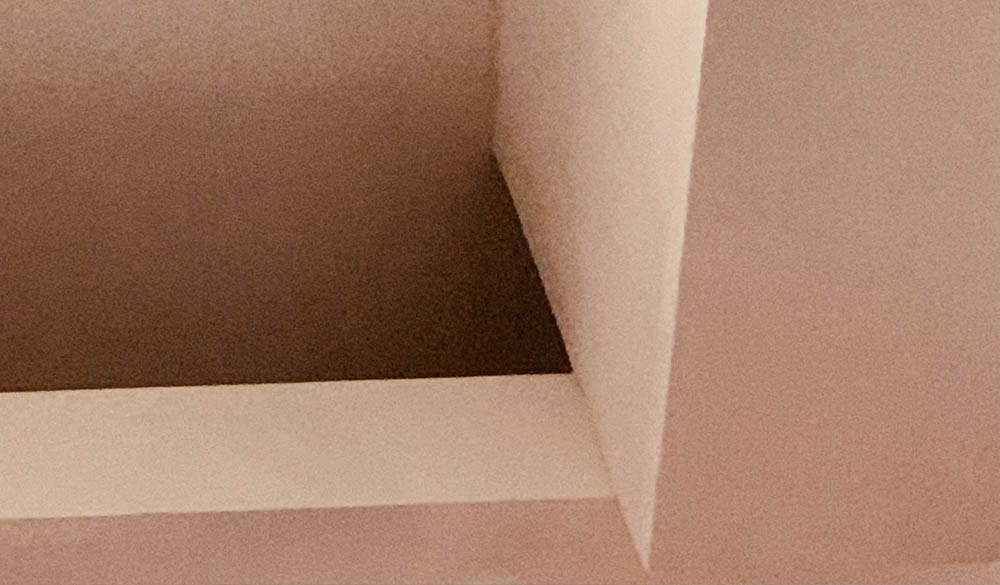
Gypsum Block Wall System
The gypsum block wall system is made with flue gas desulphurisation (FGD) gypsum, a by-product of power plants’ desulphurisation process. It is 100% recyclable and reusable.
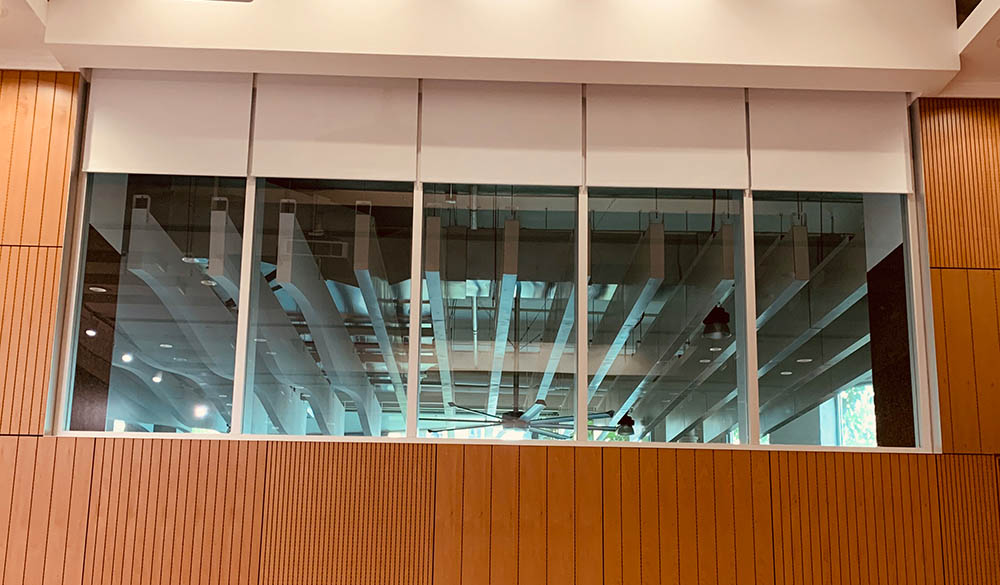
Natural Lighting
To efficiently provide natural lighting, architect designs a large window at the upper part of the new partition wall. This cleverly introduces diffused sunlight from the adjacent Exhibition Hall to the Auditorium.



BEC 10 Green Initiatives

Stair day every Monday and Friday (except for people with injuries or disabilities).

Switching off monitors when leaving for more than 10 minutes.

Switching off lights in zoned areas when leaving the room for more than 10 minutes.

Switching off lights in a zone for the last one to leave.

Setting the air conditioner above 25 degree Celsius.

Not producing any food waste and drinking all the water in your mug.
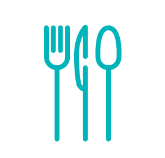
Refusing disposable tableware when buying take-out lunch from restaurants.

Washing disposable plastic lunch boxes and disposing of them in the recycling bin.

Reusing paper that is printed on only one side.

Donating clothing and other goods to reliable charities.

